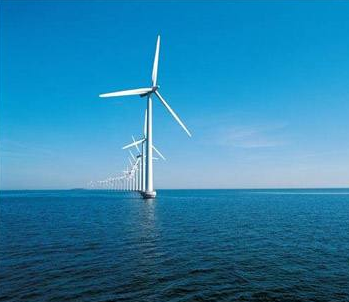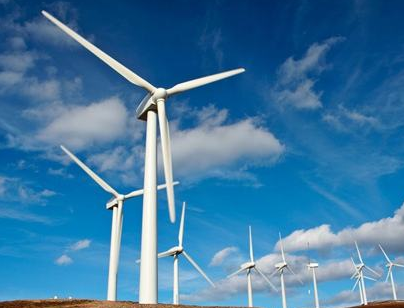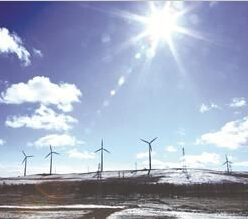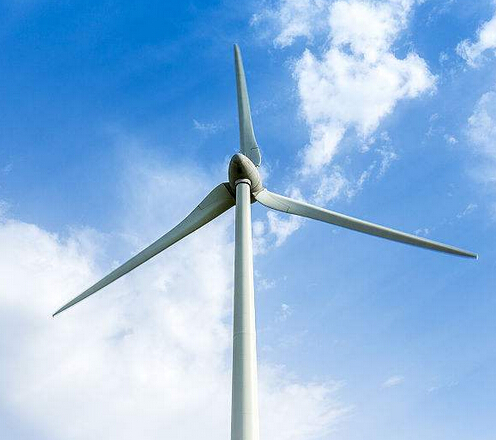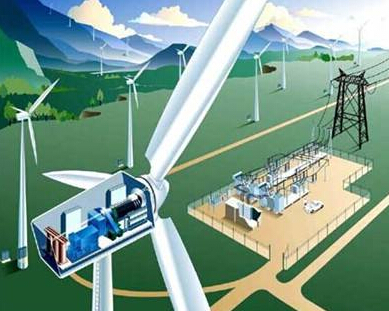Increasingly cheaper wind, solar, and battery technologies are posing an unprecedented challenge to the three major roles of fossil fuel power generation: providing large amounts of electricity, dispatchable power generation, and flexibility.

According to BNEF's latest report on levelized cost of electricity (LCOE), the global onshore wind power leveling cost of electricity in the first half of 2018 was US$55/MWh, a decrease of 18% from the first half of 2017. The cost of untracked solar photovoltaic leveling also fell by 18% to $70/MWh. Sea level wind power costs decreased by 5% to $118/MWh.
At the same time, BNEF’s lithium-ion battery price index fell from US$1,000/kWh in 2010 to US$209/kWh in 2017.
"As the penetration of wind and solar energy increases, some of the existing coal and natural gas power stations that will invest hugely will continue to play a role in realizing a combination of large-scale power generation and grid balance," said Elena Giannakopoulou, BNEF director of energy economics. "But due to As batteries begin to erode the flexibility and peak revenues of fossil-fuel power plants, the economic case for building new coal and natural gas capacity is collapsing.”
BNEF stated that the cost of onshore wind power in India, Brazil, Sweden and Australia is particularly low. In regions such as Chile, India, Australia and Jordan, the level of photovoltaic power generation is very low.
In India, for example, the levelized electricity costs of onshore wind power and photovoltaic power stations were US$39/MWh and US$41/MWh, respectively, down 46% and 45% year-on-year respectively. The cost of coal is $68/MWh, and the cost of combined-cycle natural gas is $93/MWh. According to BNEF, the cost of wind or solar energy plus batteries is very wide, but the median price is falling rapidly. For India's wind power plus batteries, the cost range is 34-208 US dollars / MWh, and the cost of solar plus batteries is 47-308 US dollars / MWh.
















 RCCN WeChat QrCode
RCCN WeChat QrCode Mobile WebSite
Mobile WebSite